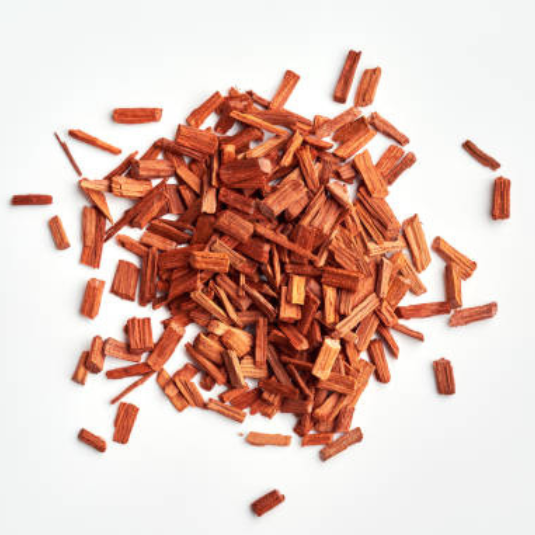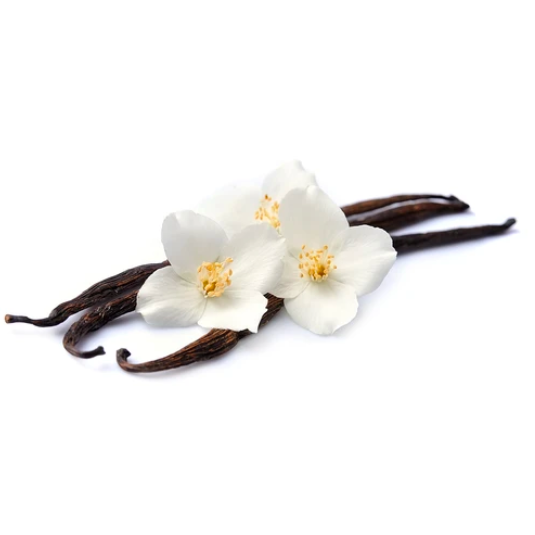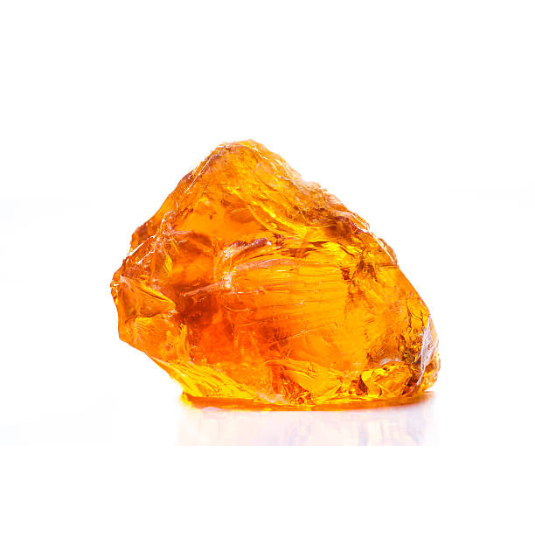In the beginning…
The birch is an ancient tree, renowned for its austere beauty and resilience in the face of harsh winter. Its Latin name, Betula, may be derived from the Gaulish word betu, meaning "tree." Traces of the birch can be found in ancient cultures, where it was used not only for its wood but also for its medicinal and symbolic properties. Among the Celts, for example, the birch was a symbol of renewal and purification.
The history of birch in perfumery, however, is relatively recent. It was in 18th-century Russia that it began to be used to make birch water, a subtle and delicate fragrance. Birch bark, rich in essential oils, imparts a woody, smoky, and slightly sweet olfactory note that has been appreciated and used by perfumers over the centuries.
Birch cultivation
Birch trees are native to the Northern Hemisphere, primarily the temperate and boreal regions of Europe, Asia, and North America. There are several species of birch, each with specific characteristics and slightly different olfactory notes. The most commonly used in perfumery are the white birch or silver birch (Betula pendula), for its resin, and the paper birch (Betula papyrifera), for its oil.
Birch cultivation requires good sun exposure and well-drained soil. These trees are hardy and can survive in harsh conditions. In perfumery, the tree's bark and buds are primarily harvested. The harvest period varies depending on the part of the tree used and the growing region, but it is generally late winter or early spring, when the sap is rising.
What do you know about Birch in perfumery?
In perfumery, birch oil, which is obtained from heated birch tar, is primarily used. It is a golden-colored oil with a strong woody scent. Birch tar, on the other hand, is obtained by dry distillation of the tree's bark. It has an intense, smoky scent and is often used in small amounts to add a base note to a perfume.
Birch belongs to the olfactory family of woods. It brings a woody, balsamic, leathery, or animal note to perfumes. Its presence in a fragrance is often discreet but decisive, as it adds depth and complexity to the composition.
Birch has a very distinctive scent profile . It evokes dry wood, smoke, and leather, with earthy undertones. The scent of birch oil is often described as both powerful and raw. It is said to evoke the image of a wood fire in a birch forest in winter.
In perfumery, birch blends well with many other ingredients. It can be combined with top notes like orange, lemon, or bergamot to bring freshness to its woody side. It also pairs very well with floral heart notes like jasmine, rose, or ylang-ylang, creating an interesting contrast between the sweetness of the flowers and the strength of the wood. As a base note, it complements notes like patchouli, vanilla, musk, or sandalwood, to give depth and longevity to the fragrance.
Famous perfumes with birch
• Cuir Cannage is a fragrance from the house of Christian Dior , launched in 2014, which evokes worked leather, referencing Dior 's leatherwork heritage. This unisex fragrance begins with a top note of orange that gives way to a bouquet of rose, jasmine and ylang-ylang. The dominant note is leather, supported by cedar and tobacco in the base notes. Despite its depth and character, Cuir Cannage remains subtle and delicate, perfect for evenings or cooler months.
• Bel Ami , launched in 1986 by the house of Hermès , is a men's eau de toilette, famous for its leathery-spicy accord. It opens with notes of citrus and sage, followed by a spicy heart including clove and basil. The intense leather accord in the base note, supported by oakmoss and vetiver, gives this fragrance its depth and masculine character. Bel Ami is associated with classic masculine elegance, ideal for those who prefer strong and distinctive fragrances.
• Habit Rouge by Guerlain is an eau de toilette launched in 1965, designed by perfumer Jean-Paul Guerlain . It is a woody oriental fragrance for men, known for its sophisticated and elegant character. Habit Rouge opens with fresh top notes of citrus and bergamot, evolves into a warm and spicy heart of cinnamon and jasmine, and finishes with deep base notes of leather, vanilla and amber. This fragrance is a timeless classic, representative of French elegance.
• Cuir de Russie is an iconic fragrance from the house of Chanel , introduced in the 1920s. Inspired by the mystical aura of Russian leather, this olfactory composition evokes the luxury and exoticism of the Tsars. Its elegant notes of leather blend with accords of tobacco, birch and jasmine, creating a fragrance that is both bold and refined. It evokes the spirit of Coco Chanel 's Parisian adventures, surrounded by the Russian elite in exile.
• Antaeus is another masterful creation from Chanel , launched in 1981. It is a masculine fragrance that takes its name from the ancient Greek hero, reflecting strength and virility. A complex alchemy of chypre notes, myrrh, clary sage and patchouli gives Antaeus a powerful and earthy aura. Its captivating trail combines robustness with elegance, making this fragrance a must-have for the contemporary man in search of character and distinction.










